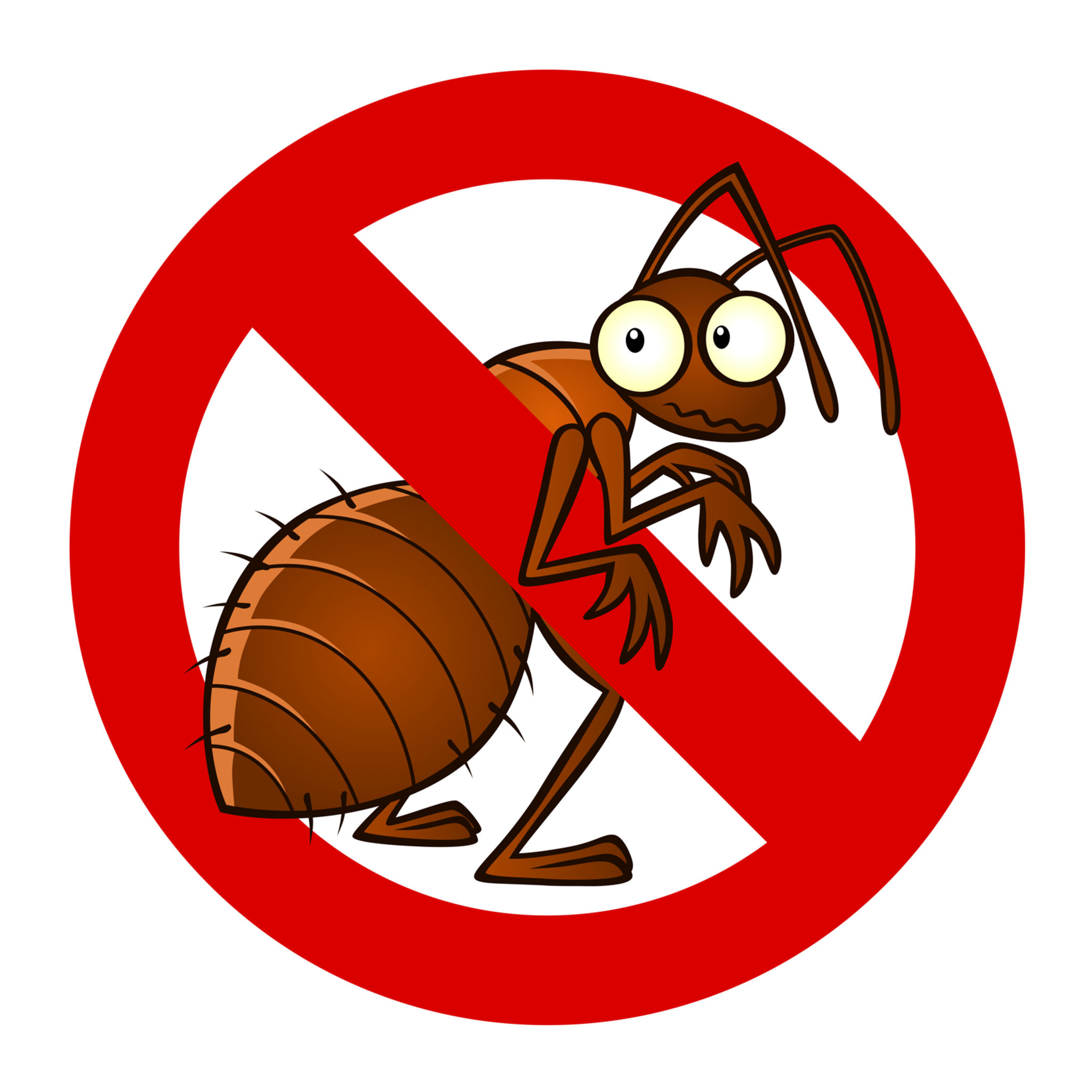Relied On A1 Exterminator Charlotte NC - Comprehensive Pest Solutions
Relied On A1 Exterminator Charlotte NC - Comprehensive Pest Solutions
Blog Article
Bed Pest Therapy Malfunction: Contrasting Chemical Vs. Non-Chemical Solutions
In the realm of insect control, especially when taking care of the persistent concern of bed bugs, the option in between chemical and non-chemical treatment services can be a critical one. Both techniques offer distinctive benefits and disadvantages, affecting factors such as efficiency, safety and security considerations, and general price. By analyzing the nuanced information of each approach, a clearer understanding of which path to go after in attending to a bed pest infestation can be achieved.
Efficiency of Chemical Therapies
Chemical therapies for bed pest problems have actually been widely acknowledged for their potent and rapid effectiveness in eradicating these pests. When taking into consideration the efficiency of chemical therapies, it is important to understand that they can provide a detailed and quick solution to a bed insect problem. Professional pest control experts often depend on insecticides to target bed bugs at different stages of their life cycle, including adults, eggs, and fairies. These chemicals usually function by interrupting the bed bugs' nerve system, bring about paralysis and eventual fatality.
Furthermore, chemical therapies have the benefit of offering recurring results, suggesting that they can proceed to eliminate bed pests even after the initial application. This recurring action is specifically valuable in combating any kind of possible re-infestations. Additionally, the quick action of chemical treatments can bring relief to people dealing with serious bed insect invasions, permitting them to gain back control of their living areas quickly.
Security Worry About Chemical Solutions
One critical aspect that needs mindful factor to consider when making use of chemical remedies for bed insect treatment is ensuring the safety and security of owners and the atmosphere. Exposure to specific chemicals used in bed pest treatments can lead to respiratory system problems, skin irritability, or other damaging reactions, particularly in individuals with pre-existing conditions or sensitivities.
Moreover, the ecological impact of chemical remedies is an additional substantial factor to consider. Some chemicals made use of in bed pest therapies might be harmful to advantageous bugs, wildlife, and communities if they leach into the dirt or water supply. It is important to make use of chemical therapies judiciously, following safety guidelines, and considering less hazardous choices to alleviate these threats and guarantee the safe and efficient monitoring of bed insect infestations.
Advantages of Non-Chemical Techniques
Taking into consideration the potential security worries and ecological impact related to chemical options for bed pest therapy, discovering non-chemical approaches provides an encouraging alternative with a number of distinctive benefits. Non-chemical approaches provide a more secure choice for houses, particularly those with people, pets, or kids sensitive to extreme chemicals. These strategies eliminate the risks of exposure to hazardous compounds, lowering the possibility for damaging wellness results. Furthermore, non-chemical treatments are eco-friendly, as they do not add to air or water pollution, making them a sustainable selection for pest control.
Additionally, non-chemical remedies can be efficient in targeting bed insects, including hard-to-reach locations where chemical treatments might not permeate - A1 bed bug treatment in charlotte. Techniques such as heat treatment, vacuuming, go to this site heavy steam cleansing, and bed mattress encasements provide detailed removal without the usage of hazardous chemicals.
Limitations of Non-Chemical Treatments

Additionally, non-chemical treatments typically need several applications to get redirected here attain successful obliteration. This can be time-consuming and might not constantly guarantee total removal of all bed insects and their eggs, particularly in concealed or hard-to-reach areas.
Moreover, the success of non-chemical therapies greatly counts on appropriate implementation and thoroughness, which can be challenging for individuals without professional know-how. Poor application of non-chemical techniques may lead to incomplete obliteration, causing relentless invasions and the requirement for extra therapies.
Consequently, while non-chemical treatments have their benefits, it is necessary to recognize these limitations and consider them when figuring out the most reliable technique for handling bed bug infestations.
Expense Contrast: Chemical Vs. Non-Chemical Options
Offered the constraints linked with non-chemical treatments, an essential facet to examine in the context of bed bug management is the price comparison between chemical and non-chemical alternatives. In contrast, non-chemical therapies like heat treatment or steam can be much more expensive, with prices ranging from $1,000 to $6,000 for an entire home. While the first cost of chemical treatments might seem lower, numerous treatments might be required to totally remove the invasion, possibly enhancing the general expense.
Final Thought

Taking into consideration the possible security concerns and ecological influence linked with chemical options for bed pest treatment, discovering non-chemical approaches presents an encouraging alternative with a number of unique advantages.Given the Visit This Link restrictions linked with non-chemical therapies, a necessary aspect to examine in the context of bed pest administration is the expense contrast in between chemical and non-chemical options. In comparison, non-chemical treatments like warm therapy or heavy steam can be much more expensive, with expenses varying from $1,000 to $6,000 for a whole home. While the preliminary cost of chemical treatments might appear lower, multiple therapies may be called for to totally remove the infestation, potentially enhancing the overall price.In conclusion, when contrasting chemical and non-chemical bed insect treatment options, it is necessary to take into consideration efficiency, security, advantages, restrictions, and cost.
Report this page